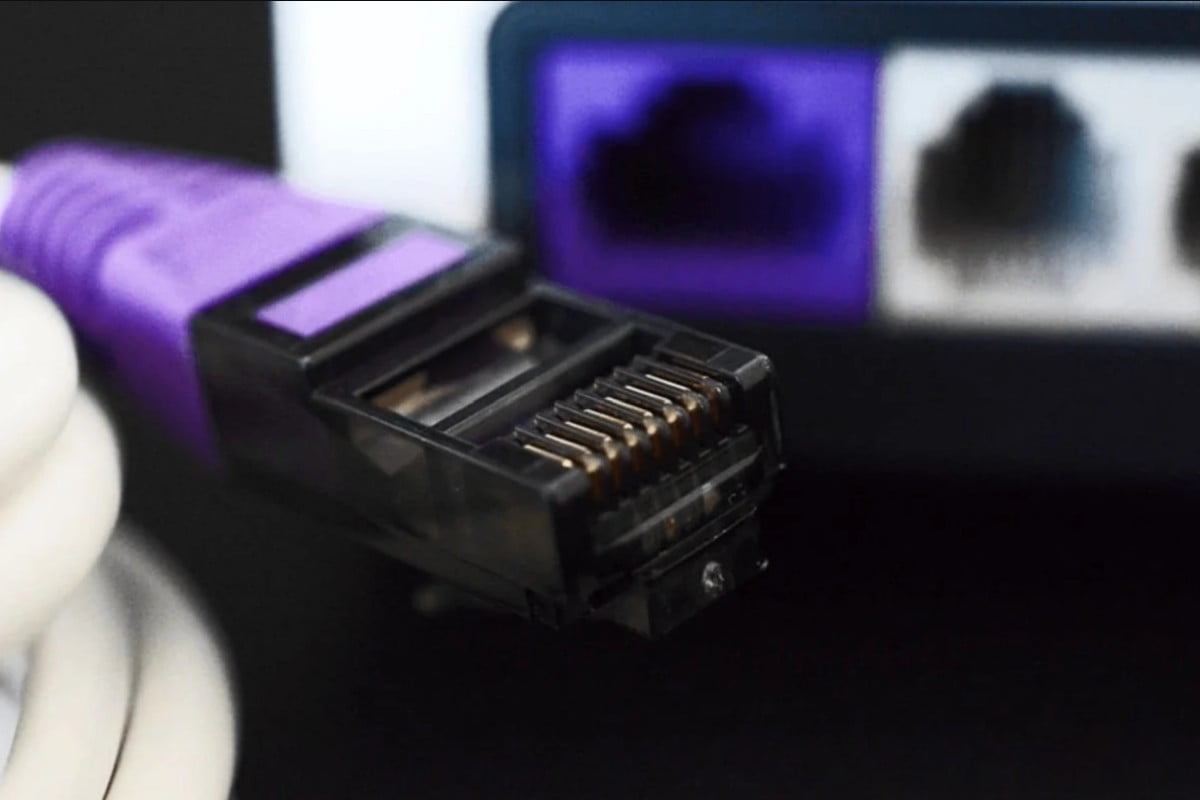
All the telecom industry executives believe that telcos would sooner or later implement a tariff hike for prepaid consumers in India. In the eyes of the telcos, they are earning much lesser than they should, given the huge investments they are making. Consumers would obviously not like to pay more, but they would be left with no other option. Airtel has already taken the first step by increasing the base tariffs from Rs 99 to Rs 155 in several circles. While Vodafone Idea (Vi) and Reliance Jio have not followed yet, they inevitably will.
India is the world's second-largest telecom market in terms of the number of consumers. There was a time when several companies or telecom players were in the market to offer mobile prepaid and postpaid services. However, that time is gone now. Since Reliance Jio arrived in 2016, many telcos have gone bankrupt. In 2023, only four telcos remain in the Indian market, out of which three are private, and one is run by the state.
Read More - Vodafone Idea, It is Time to Walk the Talk
The effect of Jio's arrival was that data tariffs and prepaid mobile services, in general, became super affordable. The telcos that couldn't lower the price to compete with Jio went out of business. Vodafone and Idea merged to build a stronger business, but that didn't pan out really well for the merged entity - Vodafone Idea Limited (VIL).
Over the last few years, the data tariffs have gone up. Jio already has the largest wireless subscriber base in India. Now, Jio wouldn't be too excited to lower the tariffs yet again, as it is time to reap benefits from the subscribers by making them pay more. In the coming years, Airtel is targeting to reach an average revenue per user (ARPU) per month figure of Rs 300. Airtel's ARPU is already very close to Rs 200. The removal of the base Rs 99 plan and further tariff hikes in the coming years should help Airtel achieve its target.
Read More - BSNL will be Profitable by 2027
Is the Era of Affordable Internet Closer to End?
The trend suggests that the telcos are done with lowering tariffs to eat up each others' subscriber market share. Now the telcos want to make more money out of each customer they have acquired. Healthier margins for the telcos would only benefit the consumers at the end of the day. The more money telcos make, the more areas they can reach with their services. Not only that, they can invest more in R&D (research and development) to make better technologies and provide better quality services to customers.
Given the global inflation and the investments that the Indian operators are making for 5G, the telcos would need a better cash flow in the short term. To enable that, tariff hikes are really important.















